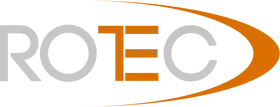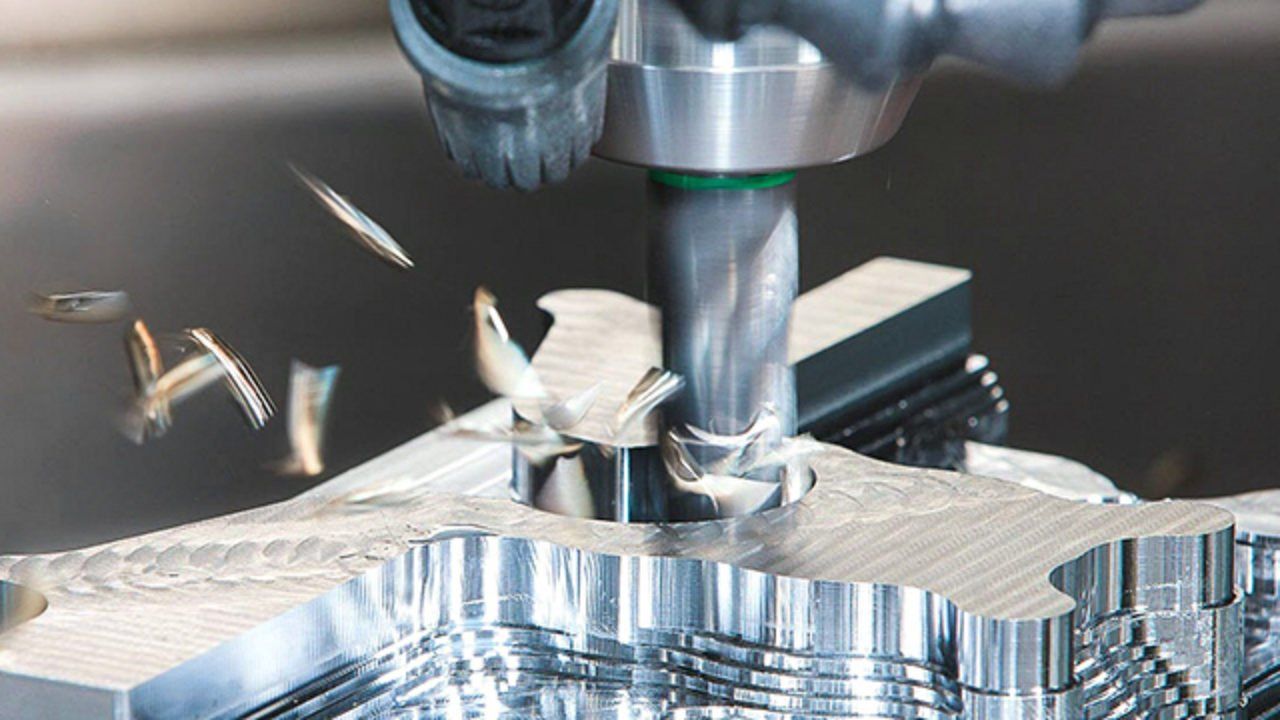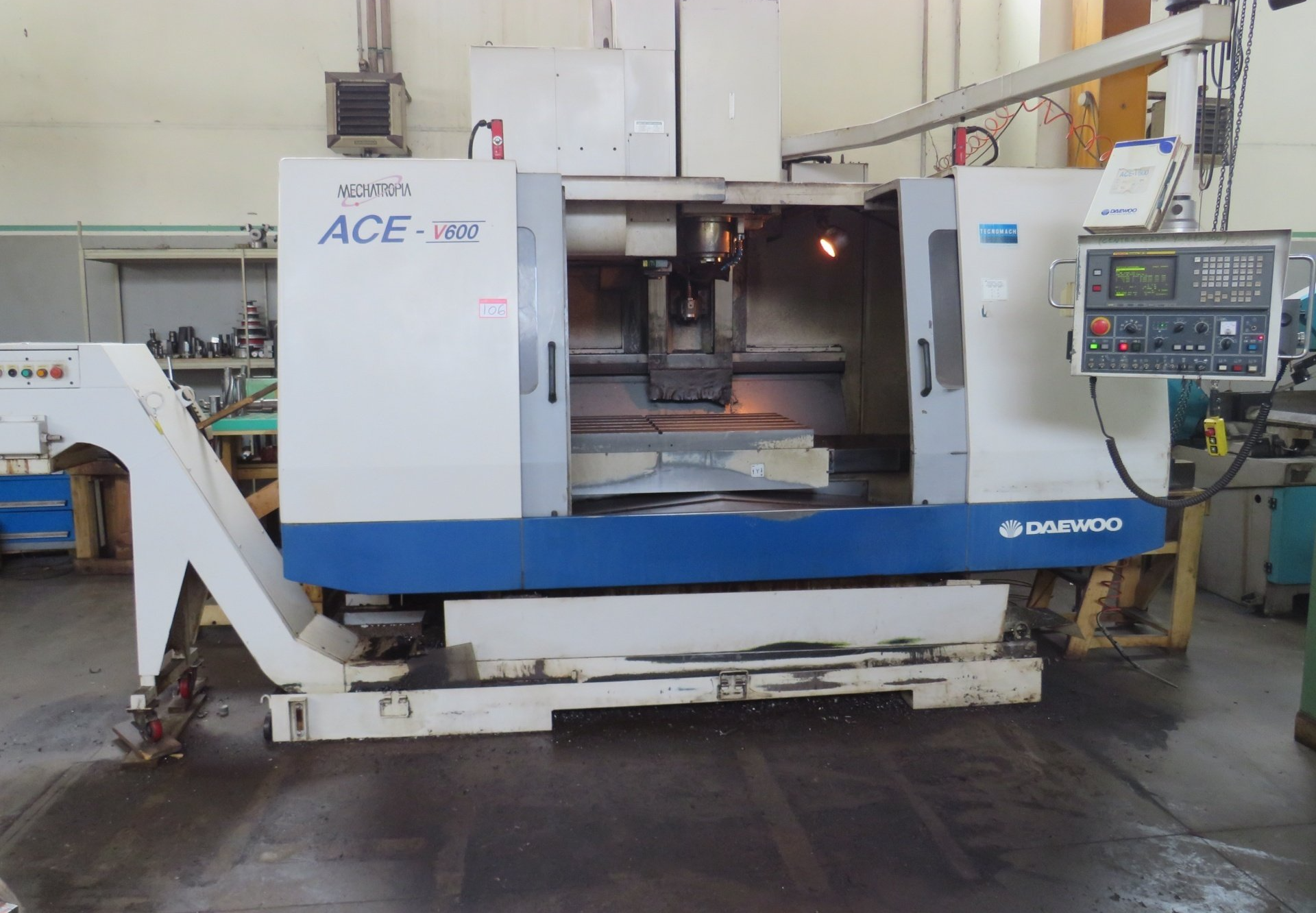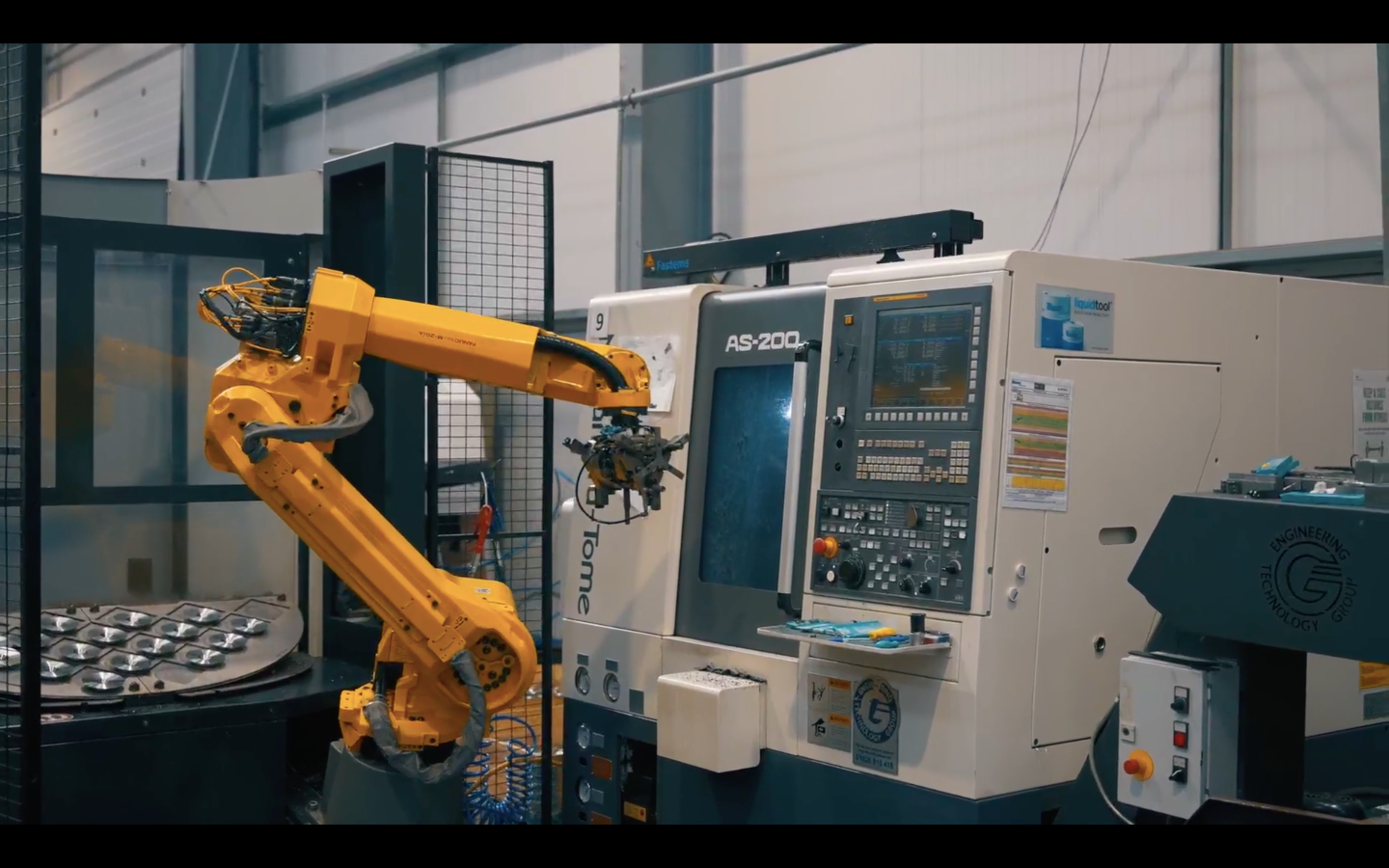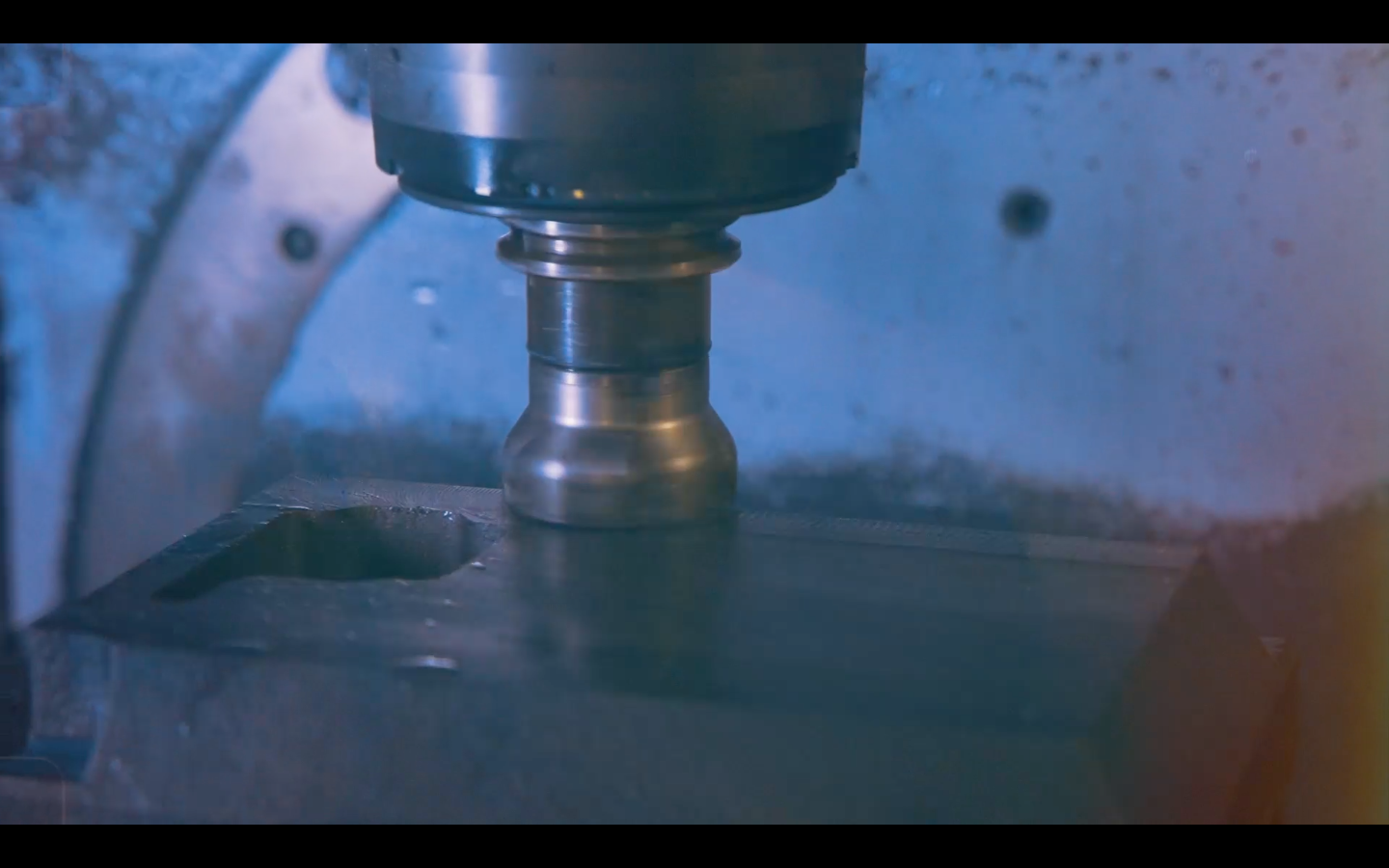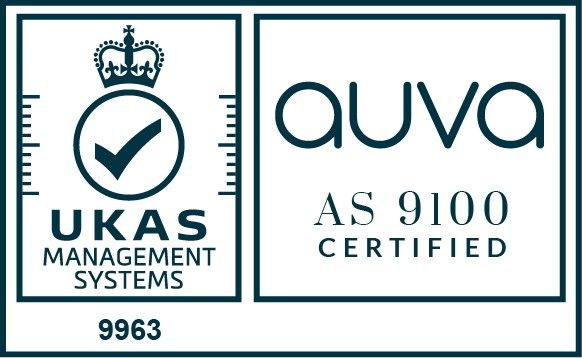~ A Comprehensive Guide to CNC Horizontal Milling Machines ~
The combination of advanced technology and design makes CNC horizontal milling machines exceptionally efficient.
With the ability to automate processes and maintain high precision, CNC machining plays an important role in industries such as aerospace, automotive, and energy. Furthermore, the advent of CNC horizontal milling machines has facilitated a wide range of machining operations, such as drilling, tapping, and contouring.
If you are curious to learn about
CNC horizontal milling machines, look no further! In this article, we will highlight the unique advantages of horizontal milling over vertical milling, explore practical applications across various industries, and share information on the latest technological advancements. Not just this, we also share factors to consider when choosing a horizontal milling machine for your production facility. But, before we dive in, let's understand how CNC horizontal milling machines work.
How CNC Horizontal Milling Machines Work
One of the most unique features of a CNC horizontal milling machine is its horizontal spindle, which allows for a different cutting action compared to vertical milling machines. The spindle, mounted horizontally, rotates the cutting tool, enabling it to move along multiple axes—typically three to five. This design facilitates a wide range of machining operations, including drilling, tapping, and contouring.
Key components of these machines include rotary tables, which allow for the workpiece to be oriented for machining on multiple faces, and tool magazines, which store a variety of tools for quick changes during operation. The integration of computer numerical control (CNC) systems enables the programming of complex machining operations, streamlining workflows and minimising human intervention. Operators can input designs and specifications directly into the machine’s computer system, which then translates these commands into precise movements.
The combination of advanced technology and design makes CNC horizontal milling machines exceptionally efficient. They can operate continuously, with minimal downtime, making them ideal for high-volume production runs where consistency and speed are of high importance.
Applications of CNC Horizontal Milling Machines
CNC horizontal milling machines are highly versatile, making them ideal for a wide range of industries and applications. Below are some of the primary uses across sectors.
Automotive Industry
In the automotive sector, CNC horizontal milling machines are frequently used to produce essential components like engine blocks, transmission housings, and gear parts. The capability of these machines to machine multiple faces of a part in a single setup reduces production time and improves efficiency, making them invaluable for high-volume automotive production.
Aerospace Industry
For the aerospace industry, where precision is paramount, CNC horizontal milling machines are utilised to manufacture intricate components such as turbine blades, structural supports, and landing gear parts. The stability and accuracy offered by horizontal milling machines make them suitable for producing complex geometries that meet the strict standards required in aerospace manufacturing.
Energy Sector
The energy industry relies on CNC horizontal milling machines to produce large, durable components for turbines, generators, and other power generation equipment. These machines can handle heavy, dense materials with ease, ensuring the production of parts that withstand high stress and extreme temperatures.
General Manufacturing and Heavy Machinery
CNC horizontal milling machines are also used across general manufacturing for parts requiring precise tolerances and robust construction. In industries such as construction equipment, agricultural machinery, and mining, these machines produce components that must endure demanding operational conditions.
Benefits of Using CNC Horizontal Milling Machines
CNC horizontal milling machines offer several advantages that improve productivity, precision, and flexibility in manufacturing environments. Below are some of the primary benefits.
Increased Efficiency in Multi-Sided Machining
One of the standout benefits of CNC horizontal milling machines is their efficiency in machining multiple sides of a workpiece in a single setup. The horizontal orientation allows for easy access to different faces of a part without needing to reposition it manually. This capability not only saves time but also minimises errors associated with repositioning.
Fewer Tool Changes and Faster Cycle Times
Horizontal milling machines typically feature tool magazines that hold multiple tools for quick and automatic tool changes during operation. This reduces the need for manual intervention and leads to faster cycle times, especially useful in batch production and high-volume manufacturing.
Better Stability for Heavy-Duty Workpieces
With their robust, rigid designs, CNC horizontal milling machines provide better stability when machining large, heavy workpieces. This stability results in more accurate cuts, better surface finishes, and the ability to work with tougher materials without compromising precision.
Better Productivity with Automation
The integration of advanced CNC technology allows for automated operations, enabling a single operator to run multiple machines simultaneously. Automation also supports continuous operation, reducing downtime and maximising productivity.
Choosing the Right CNC Horizontal Milling Machine for Your Needs
Selecting the right
CNC horizontal milling machine is a strategic decision that depends on your specific production requirements. Here’s a breakdown of the essential factors to consider:
Material Type and Machine Performance
Start by evaluating the materials you’ll be machining. Different materials, from aluminium to hardened steels, require varying spindle speeds and torque capabilities. Choosing a machine with the appropriate power ensures efficient material removal and extends tool life.
Production Volume and Tool Capacity
Consider the scale of your production. For high-volume production runs, a machine with an extensive tool capacity and automation features like tool magazines can boost efficiency. If you handle low-volume or highly variable work, a flexible setup and an easy-to-use control system may be a better choice to allow for frequent changeovers.
Space and Layout Considerations
CNC horizontal milling machines often require a larger footprint due to their design and additional equipment like pallet changers. Ensure that your workshop has enough space not only for the machine but also for operator access and any other necessary tooling or auxiliary equipment. Proper space allocation contributes to both safety and efficiency.
User-Friendly Control Systems
An intuitive control system can make a significant difference in ease of operation and programming. Advanced control options can integrate well with CAD/CAM software, offer better graphics, and provide greater programming flexibility. A user-friendly interface will allow operators to make adjustments more easily, saving time and reducing potential errors.
Build Quality and Machine Stability
The overall build quality of the machine affects its longevity and performance. Machines constructed with robust frames and improved rigidity offer better stability, especially for heavy-duty machining. Minimising vibrations improves accuracy and reduces wear on both the machine and tools, ensuring consistent results and extended machine life.
Manufacturer Support and Training Options
Reliable manufacturer support is essential for keeping your machine running smoothly. Look into service agreements, warranty options, and the availability of training for your operators. High-quality support and accessible training can be valuable in maintaining productivity, troubleshooting issues, and making the most of your investment.
Key Features to Consider When Choosing a CNC Horizontal Milling Machine
When selecting a CNC horizontal milling machine, several critical features should be considered to ensure the right fit for specific production needs:
Spindle Speed and Power: The spindle's speed and power directly affect the material removal rate and the versatility of the machine. Higher spindle speeds enable faster cutting of softer materials, while sufficient power is essential for machining harder materials effectively.
Tool Capacity: Machines with larger tool capacity can accommodate more tools, reducing the frequency of tool changes during production runs. This feature is especially important for operations requiring multiple machining processes.
Pallet Changers and Rotary Tables: These components significantly improve productivity by allowing for quick changes between workpieces and enabling multi-sided machining. A good pallet changer can minimise downtime and improve workflow efficiency.
Control System: The choice of control system can impact the ease of use and functionality of the machine. Advanced systems offer user-friendly interfaces, improved programming capabilities, and better integration with CAD/CAM software.
Build Quality and Rigidity: The overall build quality of the machine affects its durability and performance. Machines with a robust construction are less likely to suffer from vibrations, which can lead to inaccuracies in machining.
Evaluating these features in relation to specific production requirements will help manufacturers choose a CNC horizontal milling machine that maximises their operational efficiency and meets their quality standards.
Comparing CNC Horizontal Milling with Vertical Milling
Understanding the differences between CNC horizontal and vertical milling machines can help you choose the right solution for your production needs. Here’s a breakdown of key factors to consider.
Production Efficiency and Cycle Time
CNC horizontal milling machines often deliver better efficiency for high-volume production runs. Their design allows for multi-sided machining in a single setup, which reduces cycle times and lowers costs. This makes them ideal for mass production of complex parts. On the other hand, vertical milling machines are typically more suitable for lower-volume work or custom jobs, as they are generally easier to set up and adjust for one-off parts or intricate detail work.
Material Handling and Machine Stability
Horizontal milling machines are better suited for large, heavy workpieces, as they are built with stability in mind. Their design reduces vibrations, allowing them to handle tougher materials with greater accuracy. This stability also enables them to produce high-quality surface finishes and tighter tolerances. Vertical milling machines, on the other hand, are often easier to set up and require less floor space, making them a good choice for smaller shops or projects involving lighter materials.
Flexibility in Complex Machining
Horizontal milling machines offer greater flexibility when handling complex machining tasks. With features like pallet changers and rotary tables, these machines can handle multi-face machining efficiently. In contrast, vertical milling machines may need more frequent repositioning and tool changes for similar tasks, which can extend cycle times.
Space Requirements and Workshop Layout
Horizontal milling machines generally require a larger footprint and additional equipment, such as tool changers or pallet systems, to support complex operations. Vertical milling machines, being more compact, can fit into smaller spaces and may be better suited for workshops with limited room or lower production volumes.
Current Innovations in CNC Horizontal Milling Machines
The field of CNC horizontal milling continues to advance with technology aimed at enhancing precision, efficiency, and sustainability. Here are some of the key innovations shaping the future of CNC milling.
Integration of Automation and AI for Smarter Production
Automation and artificial intelligence (AI) are now central to modern CNC horizontal milling machines. AI-driven systems can adapt machining parameters in real-time, monitor for predictive maintenance, and even self-diagnose minor issues. This smart technology helps to reduce downtime and increases operational efficiency.
Advanced Tooling and Cutting Technology
Developments in cutting tools, including new materials and coatings, have improved durability and cutting performance. These improvements allow for faster cutting speeds, better surface finishes, and reduced tool wear, making CNC horizontal milling more efficient and cost-effective, even when working with hard-to-machine materials.
Energy Efficiency and Sustainable Design
Sustainability is becoming a priority in CNC manufacturing. Modern horizontal milling machines now feature energy-efficient motors, regenerative braking, and optimised power usage, all of which contribute to a reduced environmental footprint. These innovations not only lower operational costs but also support companies aiming to reduce their impact on the environment.
Multi-Tasking Capabilities for Complex Machining
Some CNC horizontal milling machines now offer multi-tasking capabilities, combining functions such as milling, turning, and drilling within a single machine. This versatility reduces setup times, minimises the need for additional equipment, and streamlines complex machining tasks, making it easier to handle varied production needs within one machine.
Final Thoughts
For those looking to optimise their manufacturing processes and take their production capabilities to the next level, it's worthwhile to explore the latest advancements in CNC horizontal milling technology. However, if you would like to partner with a company that offers CNC machining services and takes care of your precision engineering and manufacturing needs, look no further than Rotec! Our expertise in complex CNC machining ensures that we can meet the specific requirements of your projects with high precision and efficiency.
Whether you’re looking for high-volume production or intricate component fabrication, our dedicated team is ready to assist you. To discuss how we can help you achieve your manufacturing goals,
contact us today!
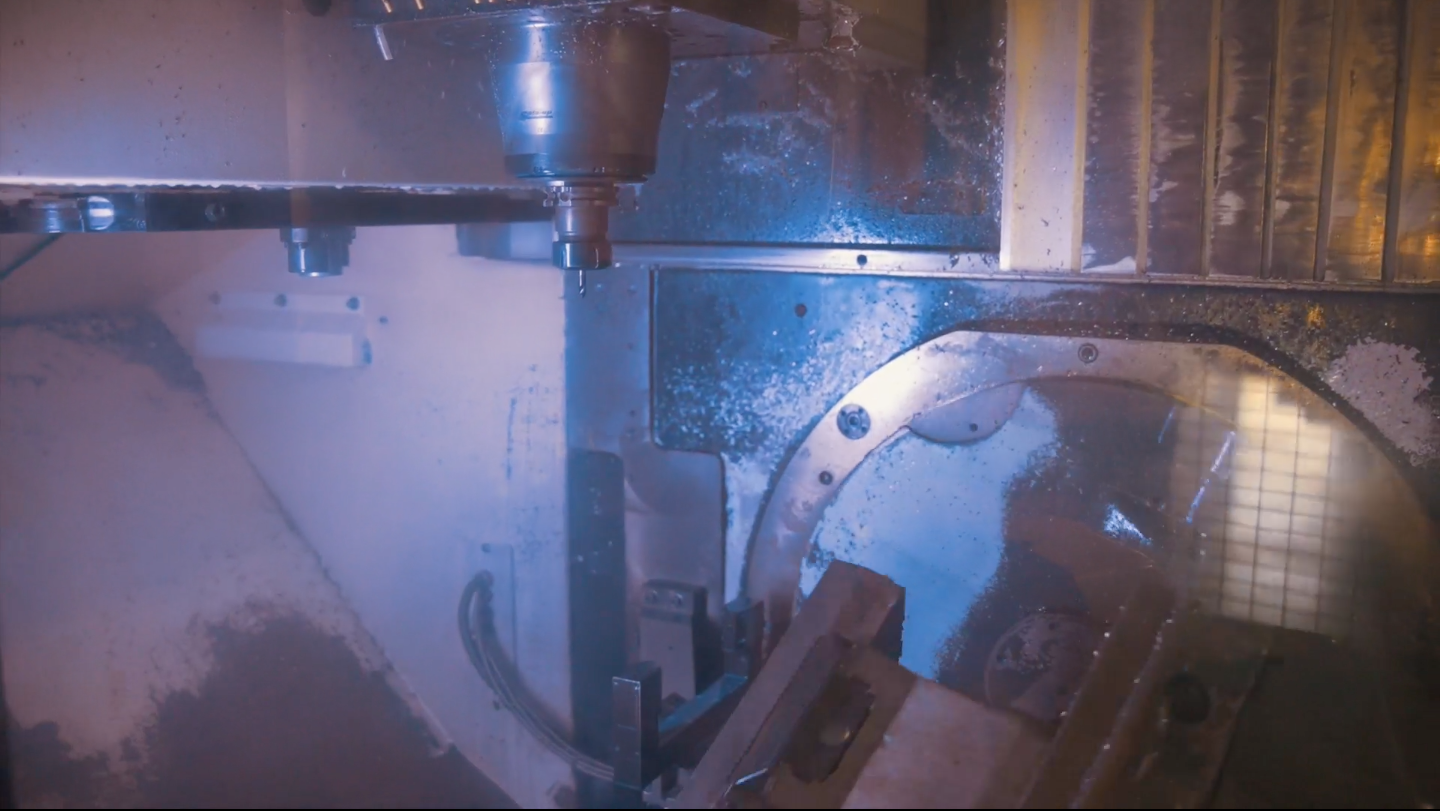
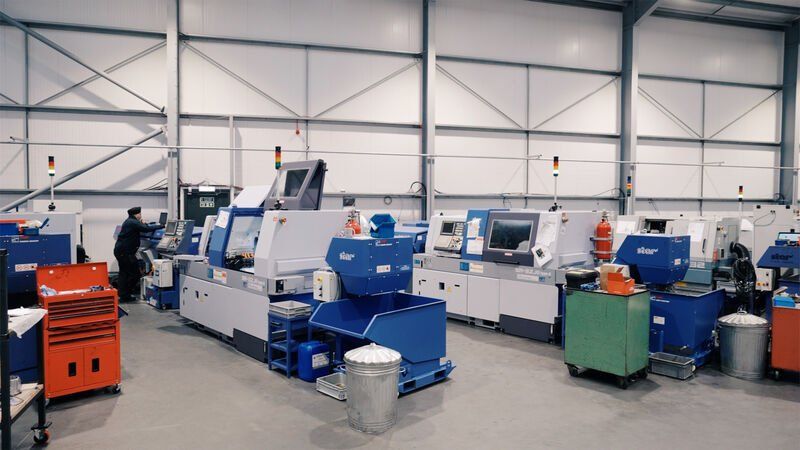
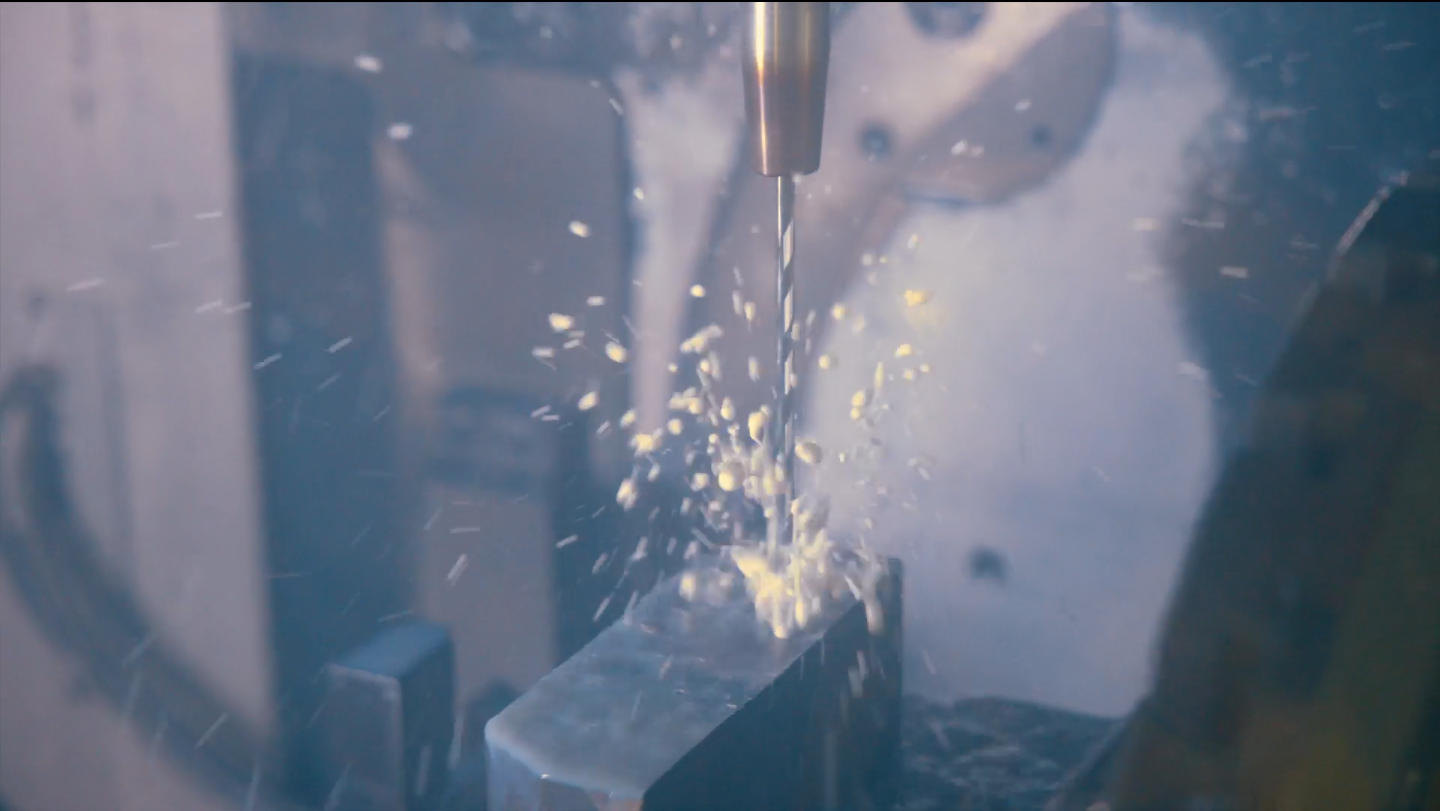
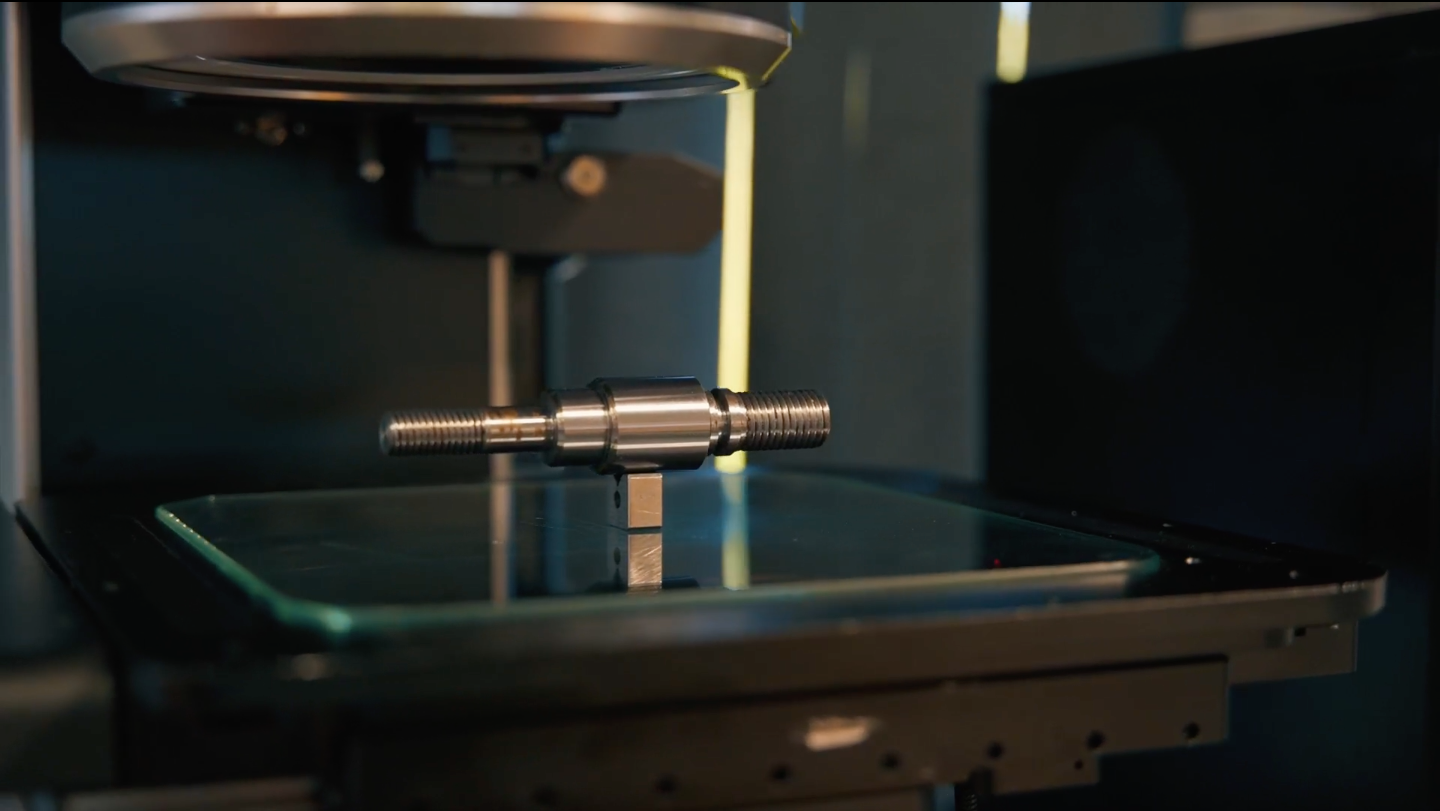
Rotec Aerospace Limited, Enterprise Way, Vale Business Park, Evesham WR11 1GS United Kingdom
Phone: 01386 424111
Email: Info@rotec-ltd.com
Office Hours :
Mon-Fri : 7:30am - 5pm
